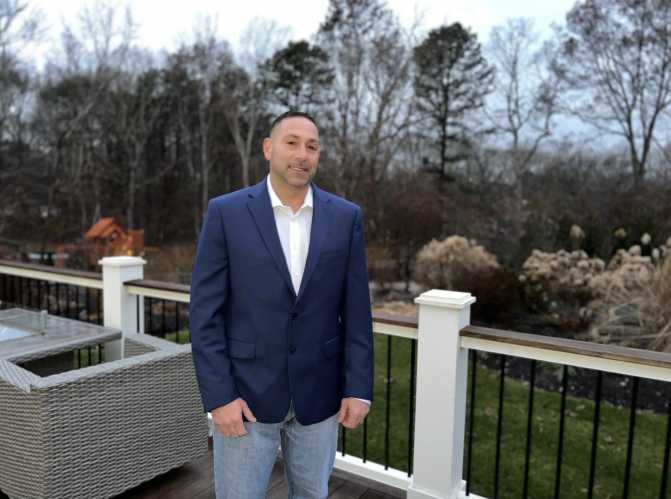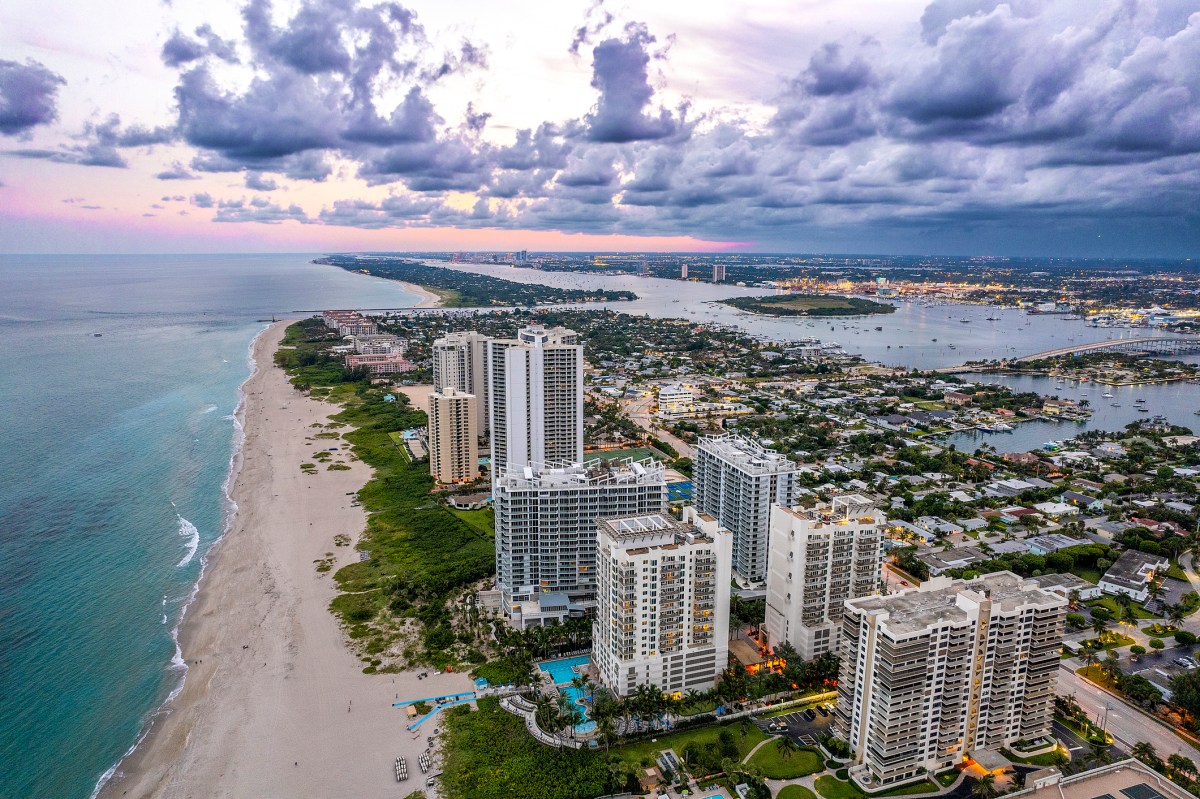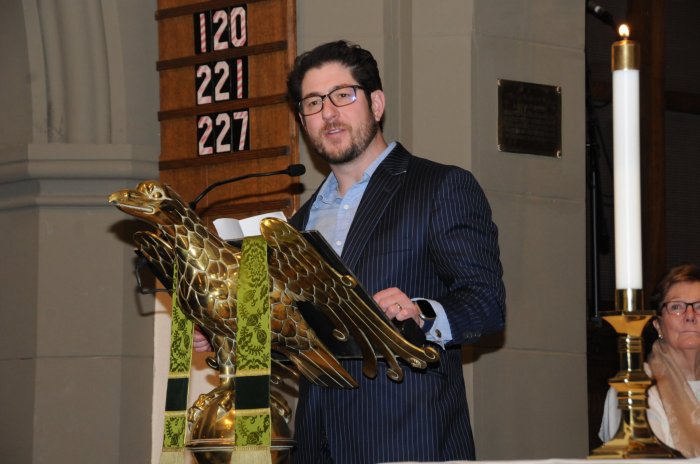The old house stands sentinel at the intersection of sky, water and land, as it has done for a hundred years. The children who played at its sandy beach on the pond are all grown and gone, though each person who has loved the house has left an indelible mark on it.
This is the story of a well-loved summer cottage on the shore of Sagg Pond in Bridgehampton. At the turn of the last century, a patriarch built a number of homes here for his offspring. Today, a ballerina owns the house. A long lawn slopes down to the pond, where the sand ebbs and flows tidally. At one side is the lovely vista of the bridge over the pond; at the other is the ocean roaring and swelling. Next door lives a world-famous musician.
Quimby Lane takes its name from Edward Everett Quimby (1831-1902), who in 1874 came to spend the summer in Bridgehampton with his wife and six children as a renter. This was just four years after the Long Island Rail Road was extended as far as Bridgehampton. Most of the year the family lived in East Orange, New Jersey. Quimby was both a successful patent lawyer and a dealer of lightning rods. In 1893, he bought 32 acres of Bridgehampton land from the Sandford family at the lower end of Ocean Road, between it and Sagg Pond; a year later he bought more adjacent property, including along Ocean Road.
At first the Quimbys lived in an existing cottage, but as the six children grew up, got married and had children of their own, Mr. Quimby began subdividing his land, building a family compound along the shore over the next 15 years. Most notable, possibly, was Annesden, a large Tudor style home built for his daughter Annie. (Annesden was sadly demolished in 1994.)
The original driveway to the compound eventually became Quimby Lane.
A 1917 house built on land purchased from the Quimbys is owned by a world famous, 98-year-old Japanese-American ballerina. Sono Osato’s life is as extraordinary as the setting. She was born in 1919 in Omaha, Nebraska, to a French-Canadian Irish mother and a father from Japan. Her father, a photographer, and her mother settled in Chicago, but her mother decided to take her children to France in 1927. There, in 1928, young Sono (her name is Japanese for “garden”) saw the groundbreaking Ballets Russes, led by impresario Serge Diaghilev, and announced she wanted to be a dancer.
The impact of the Ballets Russes in the years after the turn of the century on art, decorative art and especially dance was immense. Diaghilev employed the best young Russian dancers of the day, including Anna Pavlova and Vaslav Nijinsky, and the staging, music and costumes made the company a sensation. Coco Chanel stated that “Diaghilev invented Russia for foreigners.”
Diaghilev commissioned ballet music from such greats as Debussy, Ravel, Satie, Strauss and Prokofiev. His most famous collaborator was Igor Stravinsky. In 1910, he commissioned his first score from Stravinsky, The Firebird. Petrushka (1911) and The Rite of Spring (1913) followed. Picassso often designed costumes and the sets for these productions.
Sono began ballet lessons in France, but in 1929, after the crash of the stock market, her mother announced the family had to return home. Sono continued her lessons back in Chicago, and in 1934, aged 14, was invited to audition for the Ballet Russe de Monte Carlo. This company was a successor to the original, after Diaghilev’s death in 1929 left the troupe in serious debt. Diaghilev alumni Léonide Massine and George Balanchine worked as choreographers with the new company.
On April 21, 1934, Sono sailed with the Ballet Russe de Monte Carlo, without her parents, to France. She danced in Monte Carlo, London and Barcelona. Then the troupe had an American tour lasting a year. Years of successful ballet tours continued, with the dancers traveling back and forth between Europe and America, and even to Australia and New Zealand. But eventually, with war looming and feeling overworked and underpaid, Sono walked away from the company.
She settled in New York in 1941 and took classes from George Balanchine at the School of American Ballet he founded. About this time she met Victor Elmelah, a Moroccan-American graduate architect. Dancing with the Ballet Theatre (later the American Ballet Theatre), she planned to tour Mexico, but after Pearl Harbor was told that because of her Japanese last name, she would not be allowed to leave the country.
After marrying Elmelah, Osato then worked with choreographer Agnes de Mille as principal dancer in the musical One Touch of Venus. This show includes music written by Kurt Weill, lyrics by Ogden Nash, and book by S. J. Perelman. After that, in 1944, came perhaps the height of her career: playing Ivy, Miss Turnstiles, in the original Broadway cast of On the Town, with music by Leonard Bernstein and book and lyrics by Betty Comden and Adolph Green.
The next step for Sono was Hollywood, but eventually, she began to feel that life for her should be on the East Coast, where husband Victor worked. She wanted to have babies, and eventually gave birth to two sons, Niko and Tony. And while she also made some television appearances, she eventually decided she didn’t have the real drive to be an actress as she had to be a dancer. Elmelah’s career eventually encompassed property development; and with increasing wealth the family began spending time in the Hamptons in the summers. (One picture of the couple from the ’50s shows them embracing between innings at the Artists & Writers Game. Niko says his father helped start the game.)
In the mid 1970s, the family purchased the old house on Quimby Lane. Happy summers led to family weddings on the grass, as well as grandchildren playing there. Elmelah died in 2014, after 71 years of marriage, but Sono is still alive.
Her son Niko says, “So many fantastic memories are in that house. Wonderful people who visited, including Jerry Robbins, Nora Ephron, Sidney Lumet and so many others. And it’s in a magnificent location, with its elegant lawn and wonderful serenity. It’s simply unique.”


















